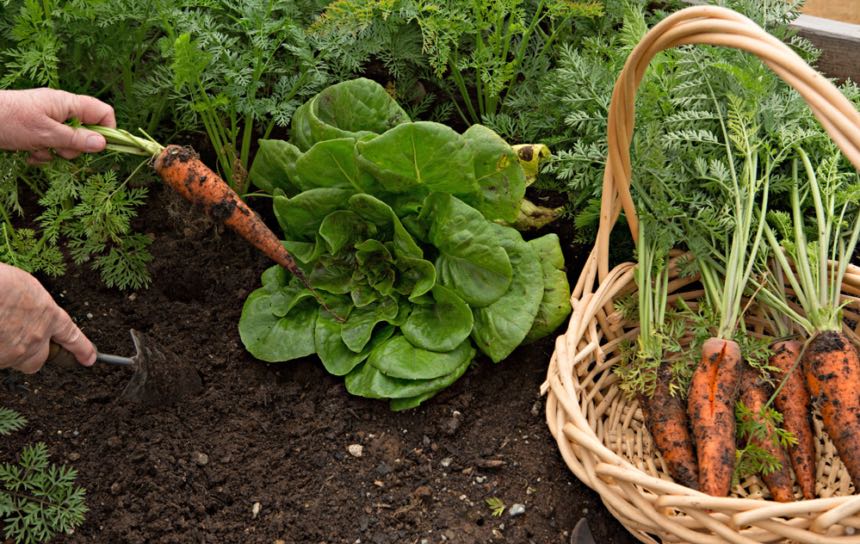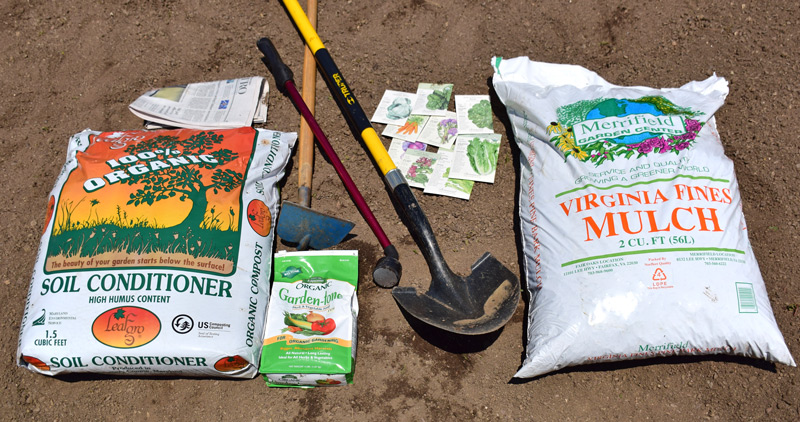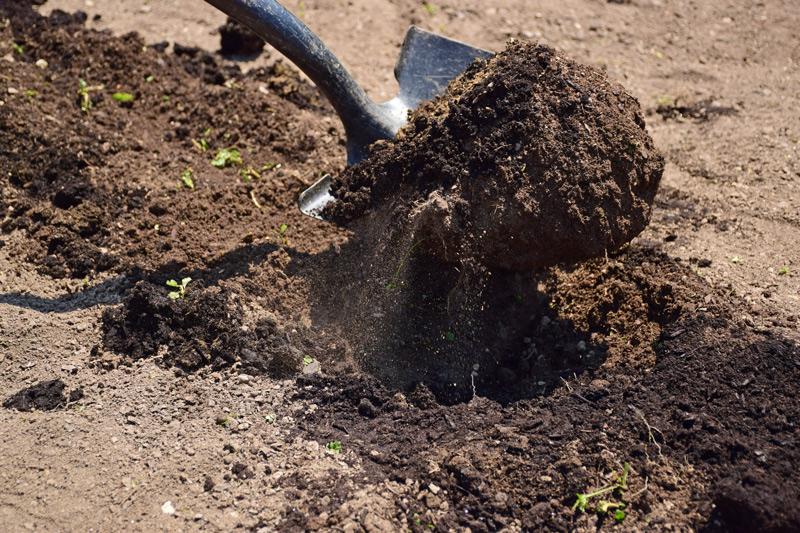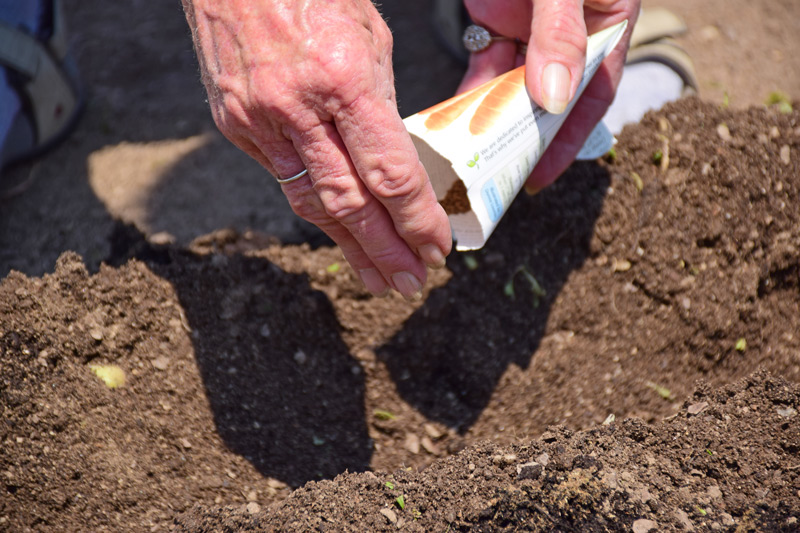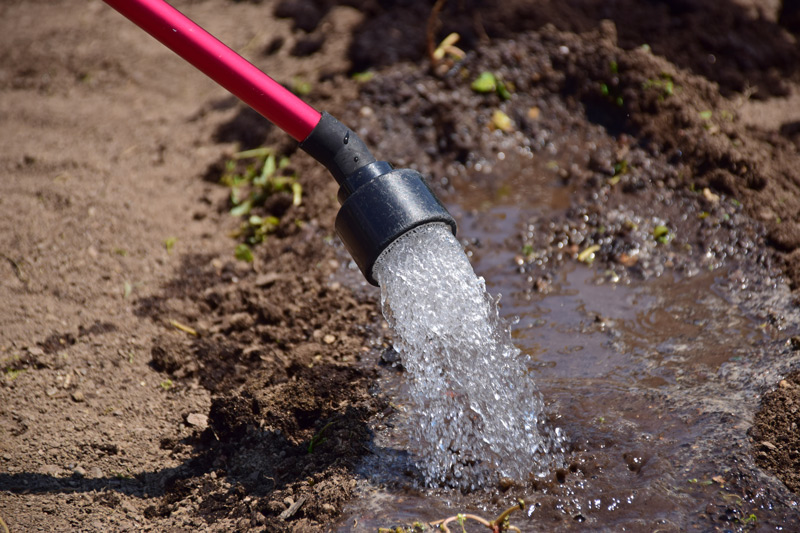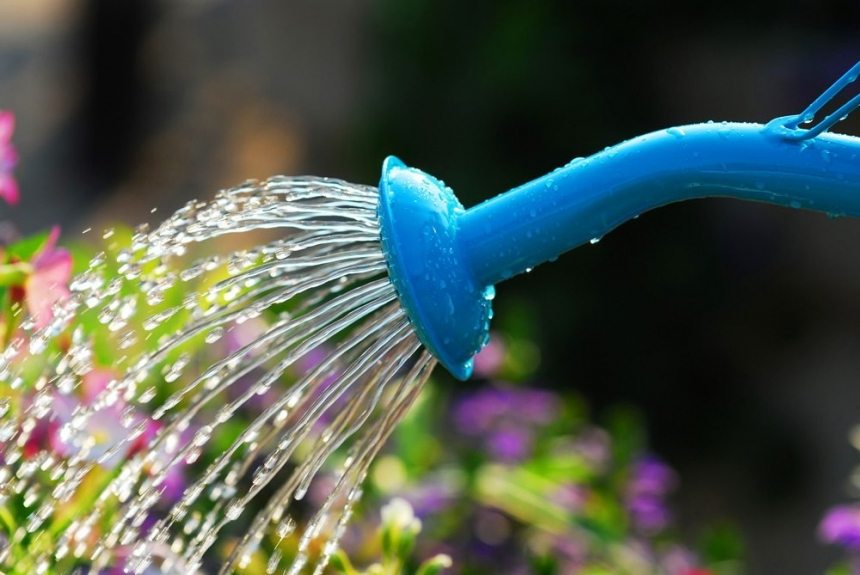Starting Your Fall Seeds
The midsummer heat is here and our warm season vegetables are maturing and providing delicious edibles. The summer growing season will be winding down soon, but we can continue to enjoy delicious, fresh vegetables from our garden by planting cool season vegetable seeds now!
Plant your fall vegetable gardens in a raised bed, directly into your garden, or in containers. Some need to be planted as soon as possible, others may be planted every two or three weeks now through September.
Step 1: Select your seeds
Fall is a great time to plant kale, cabbage, collard greens, carrots, lettuce, spinach, mustard greens, bok choy and turnips.
Step 2: Review the planting directions for all seed types
Read the back of each seed packet before planting to check for information on spacing, depth, and time to plant before the first frost. While overall planting methods are similar for most seeds, these particular details vary and are vital to the health and success of your vegetable garden.
Step 3: Gather your supplies
I use a shovel and hoe to plant my seeds, but you can also use a small trowel if you are planting in a small space. You will also need Leafgro or other organic material compost, fertilizer (I use Garden-tone or Plant-tone), and of course, your seed packets. I suggest using a watering wand for watering, though you can lightly water your seeds with a garden hose if you are careful.
Step 4: Prepare your soil
Before sowing your seeds, apply Leafgro or another organic compost of your choice (2”) and add an organic fertilizer such as Garden-tone or Plant-tone. Mix into the soil along the areas where you will be planting.
Step 5: Sow vegetable seeds
To sow your seeds, make a groove in the soil to the depth indicated on your seed packet. Sow seeds along the groove at the spacing indicated on your seed packets, then cover with soil. Finally, gently water the seeds using a watering wand or gentle spray of the hose.
Step 6: Mulch between rows
Mulching between the rows will reduce weeds and watering. The method which works best for me is to place several layers of newspapers between the rows of plants, spray them down with water, then mulch over the newspapers.
Step 7: Maintain garden space by watering and weeding
Keep your soil moist by watering regularly and pulling any weeds that appear. In time, your seeds will grow into delicious organic vegetables! You can extend the season through October and even into December if you use floating row covers if heavy frost threatens.


